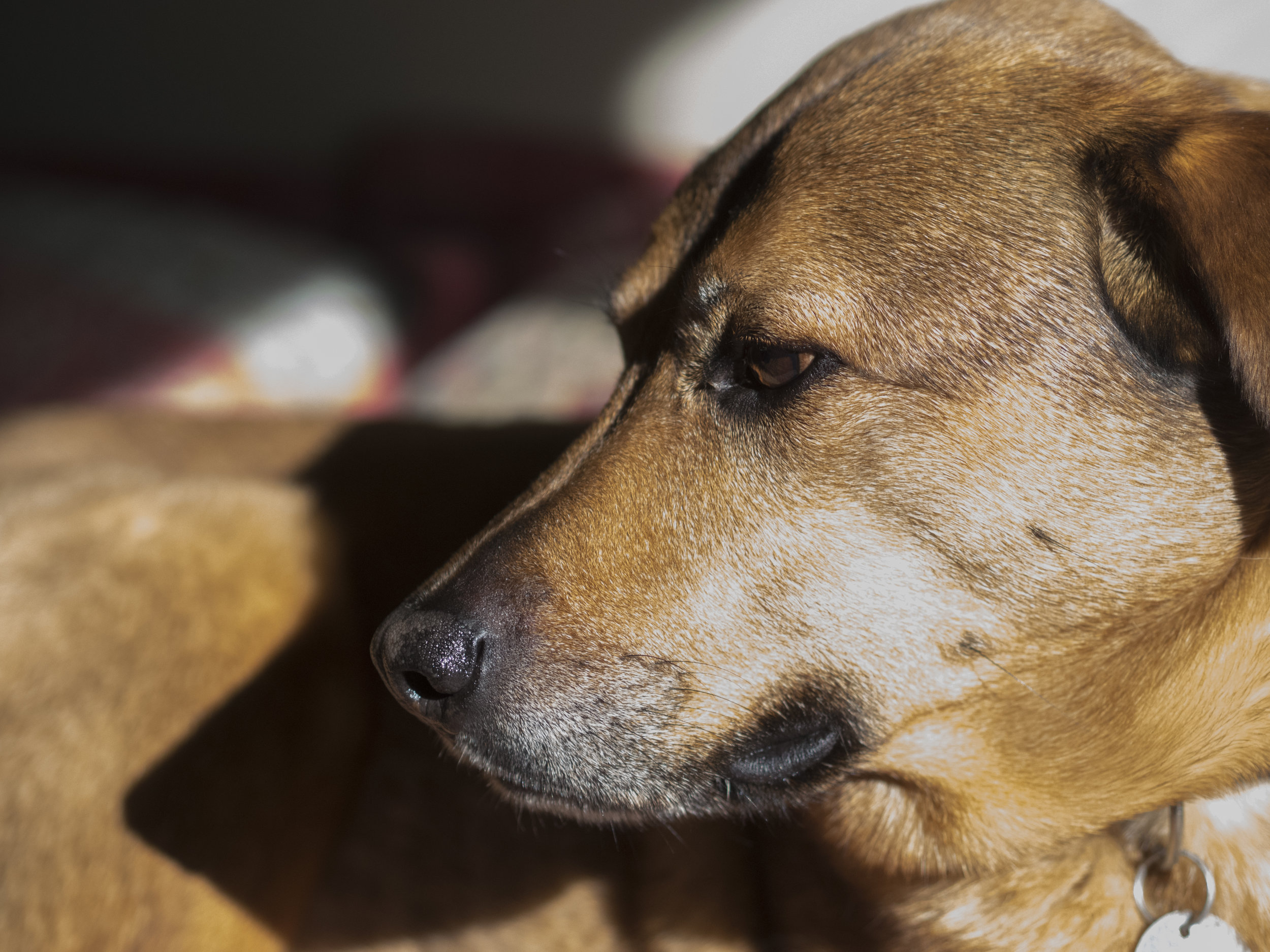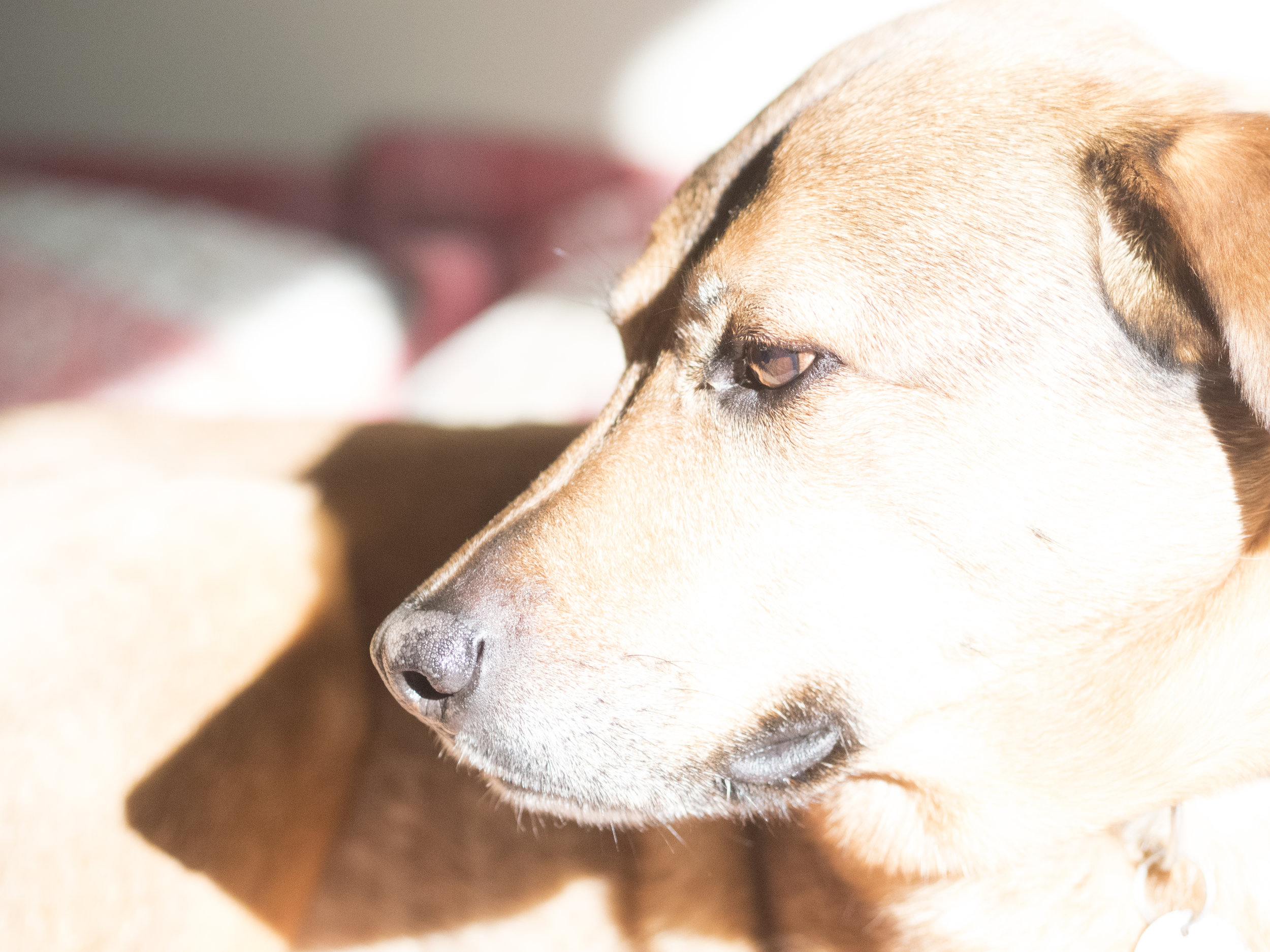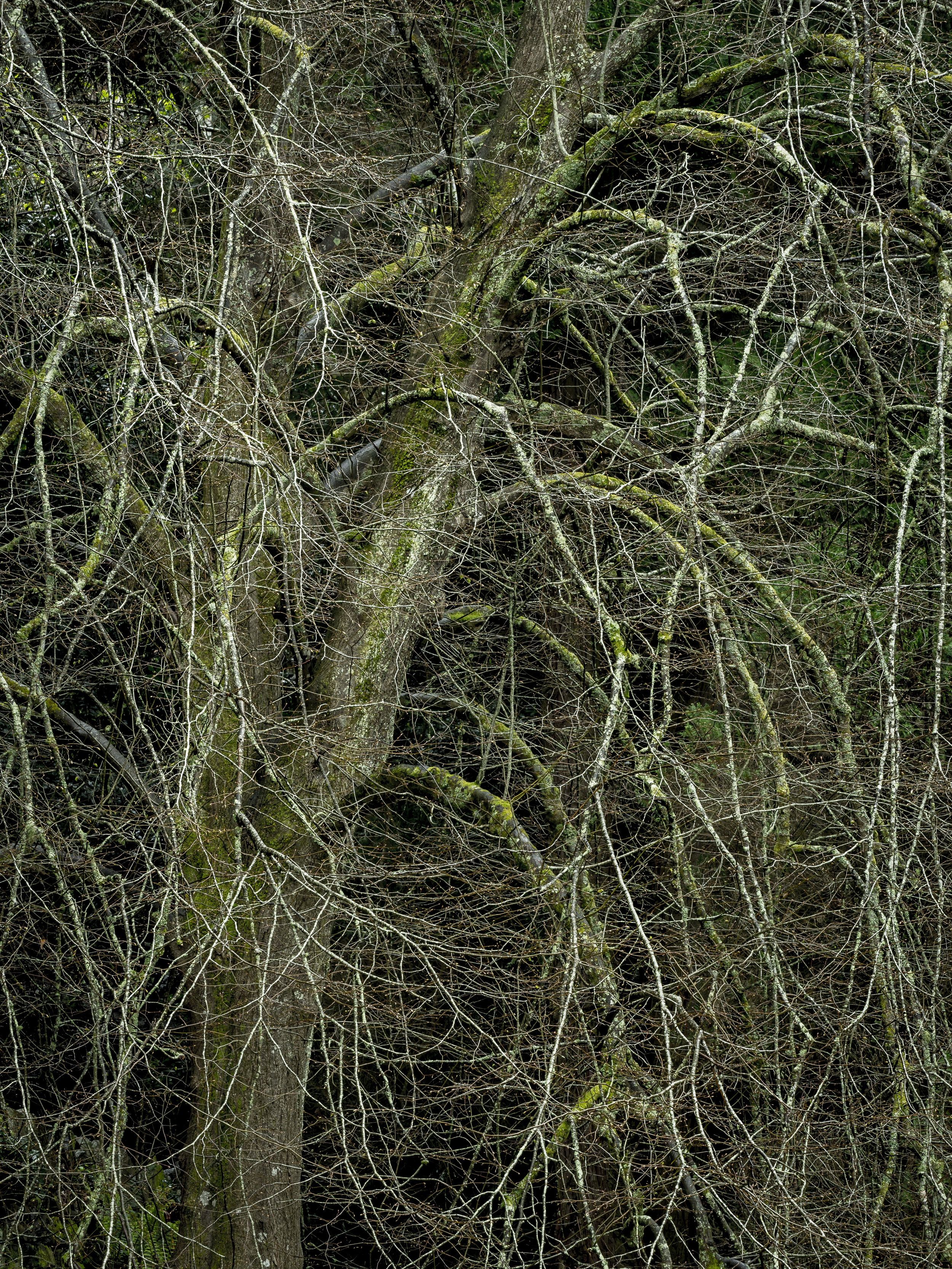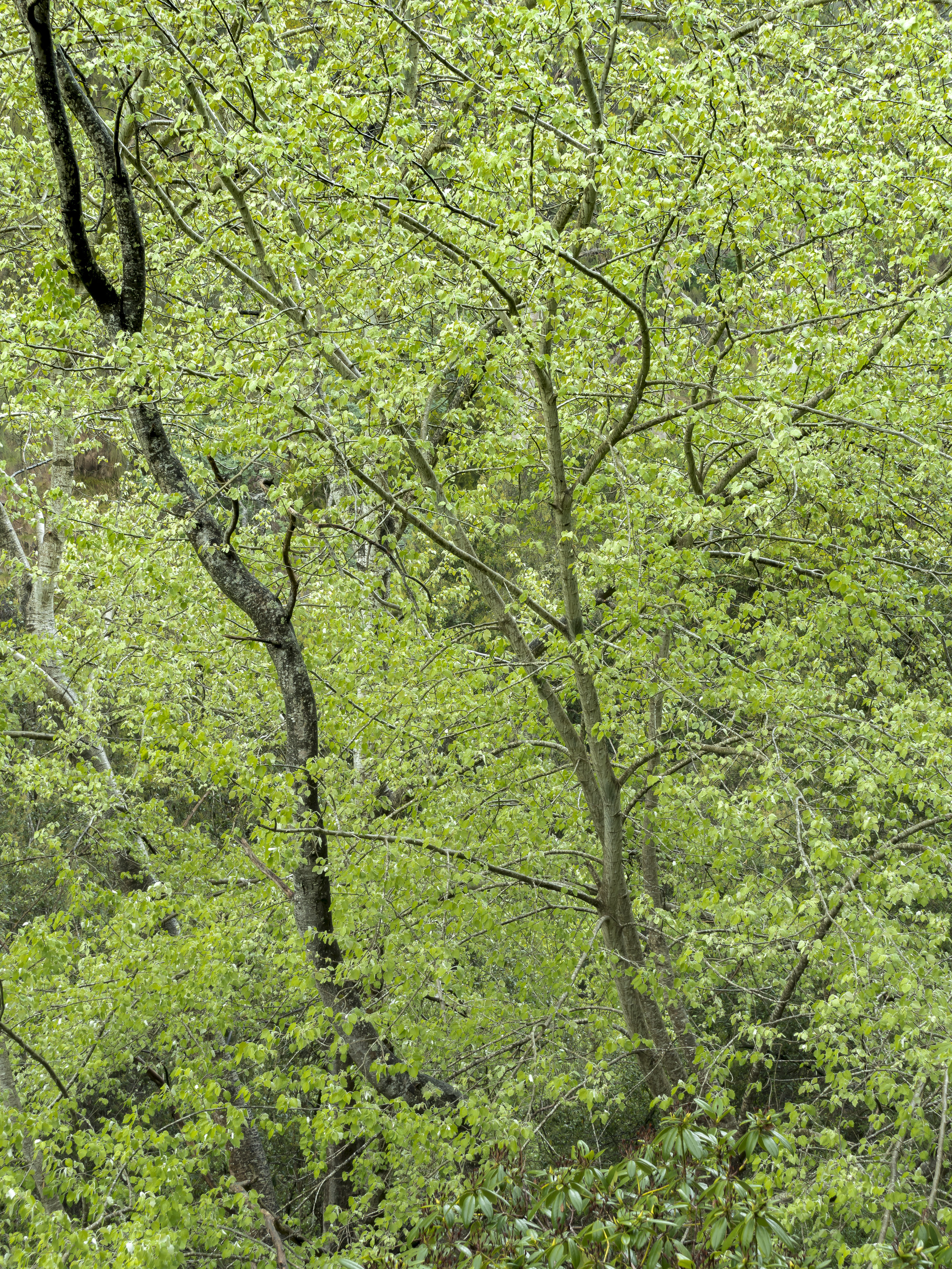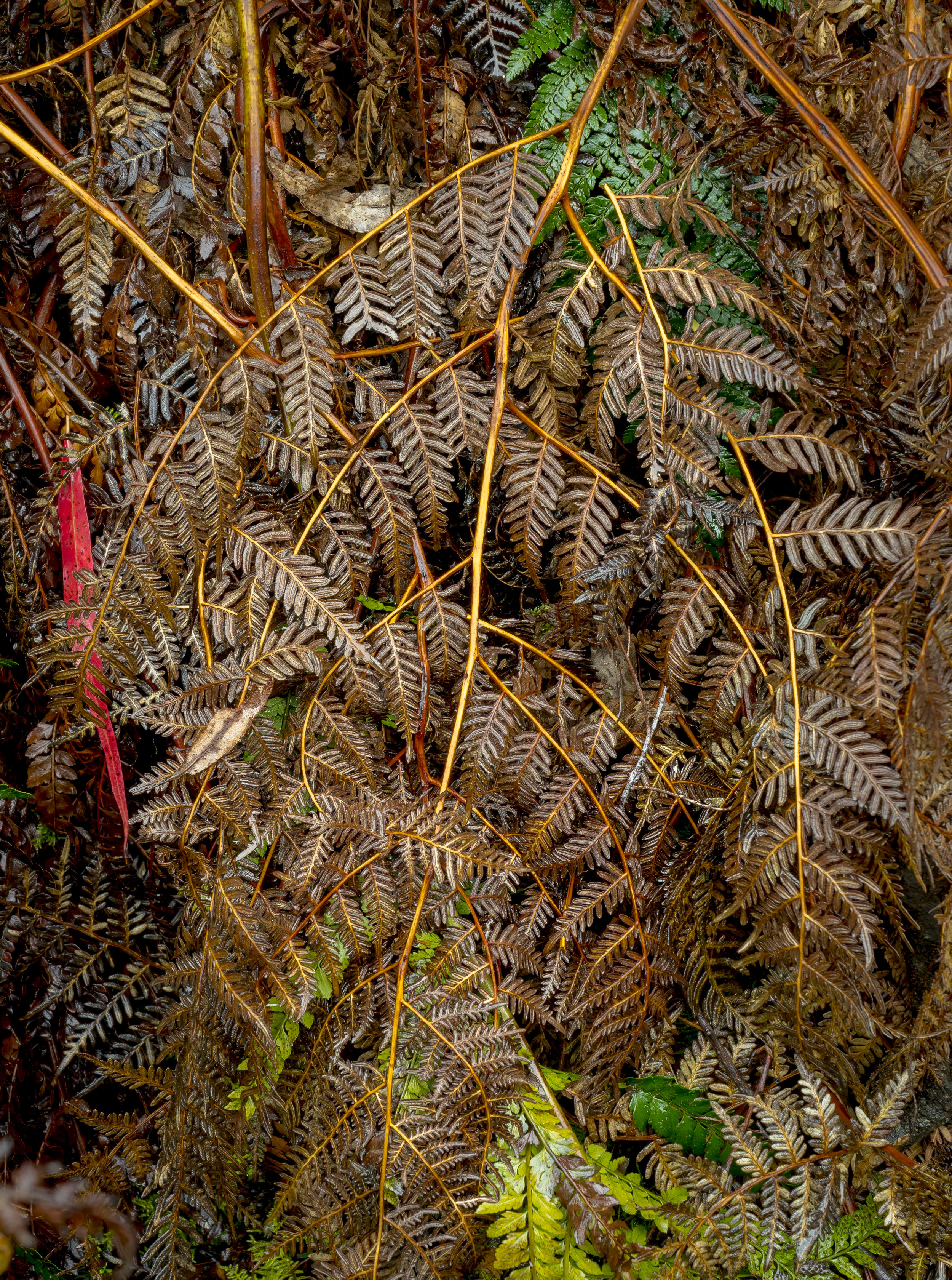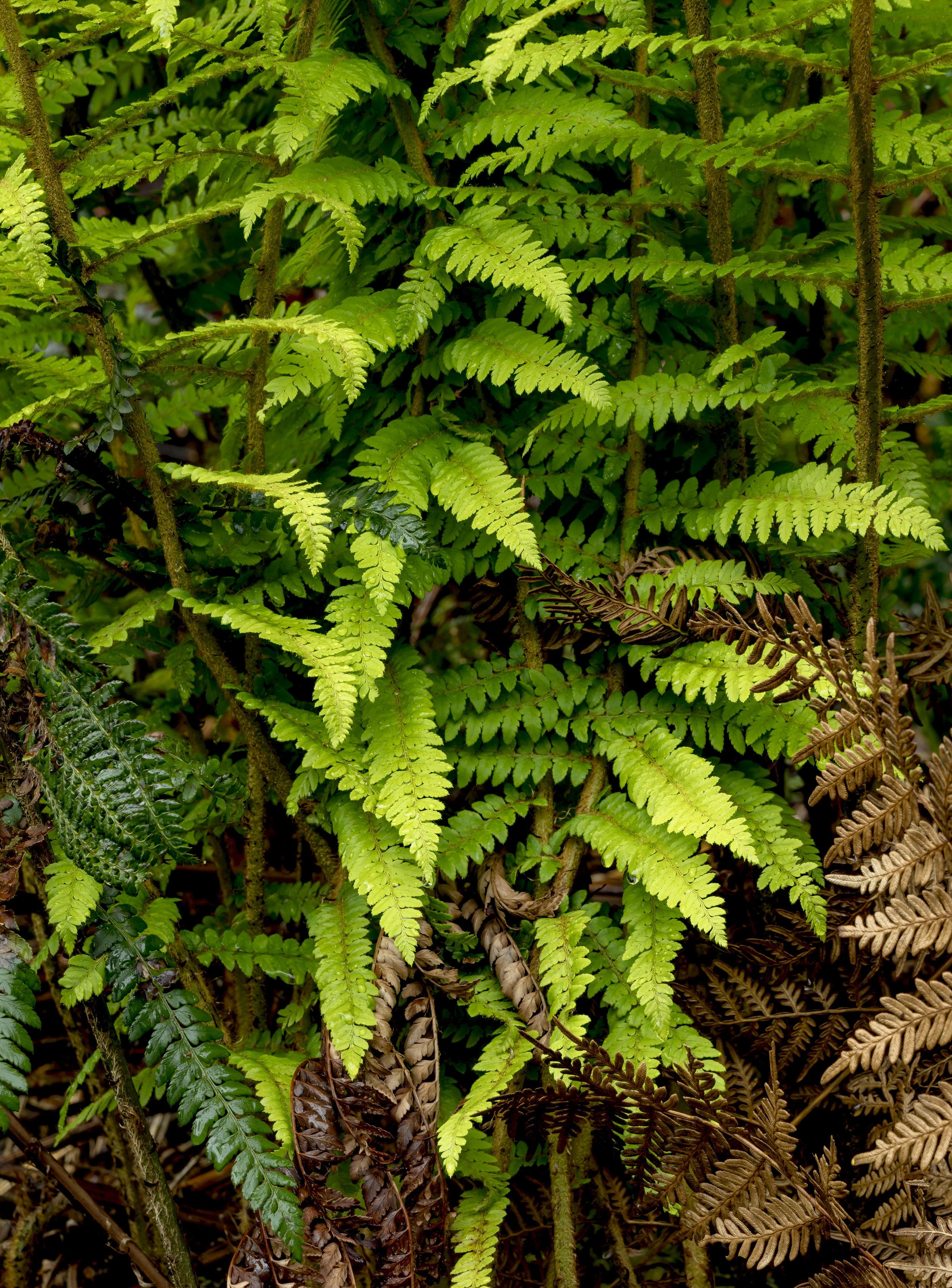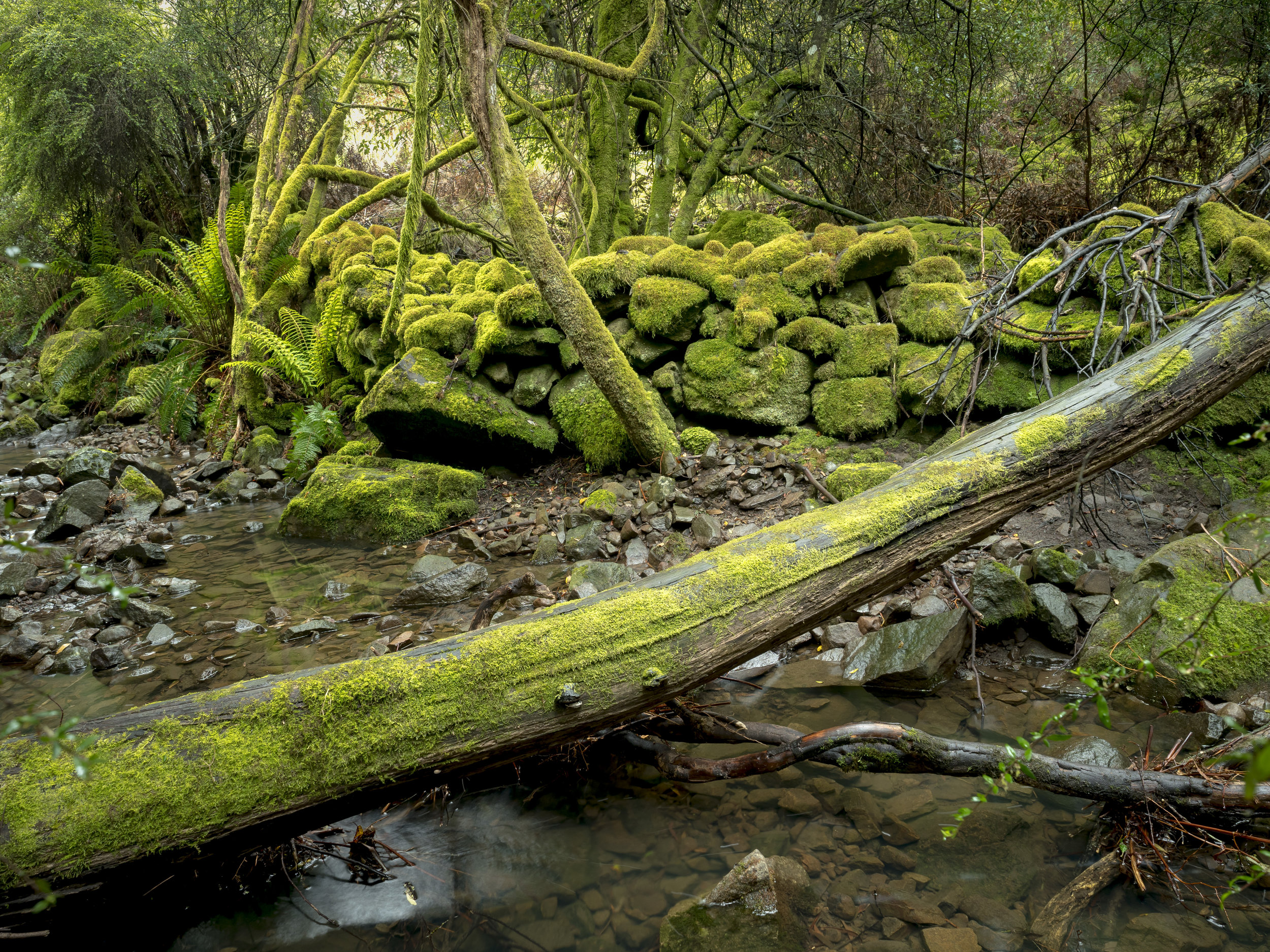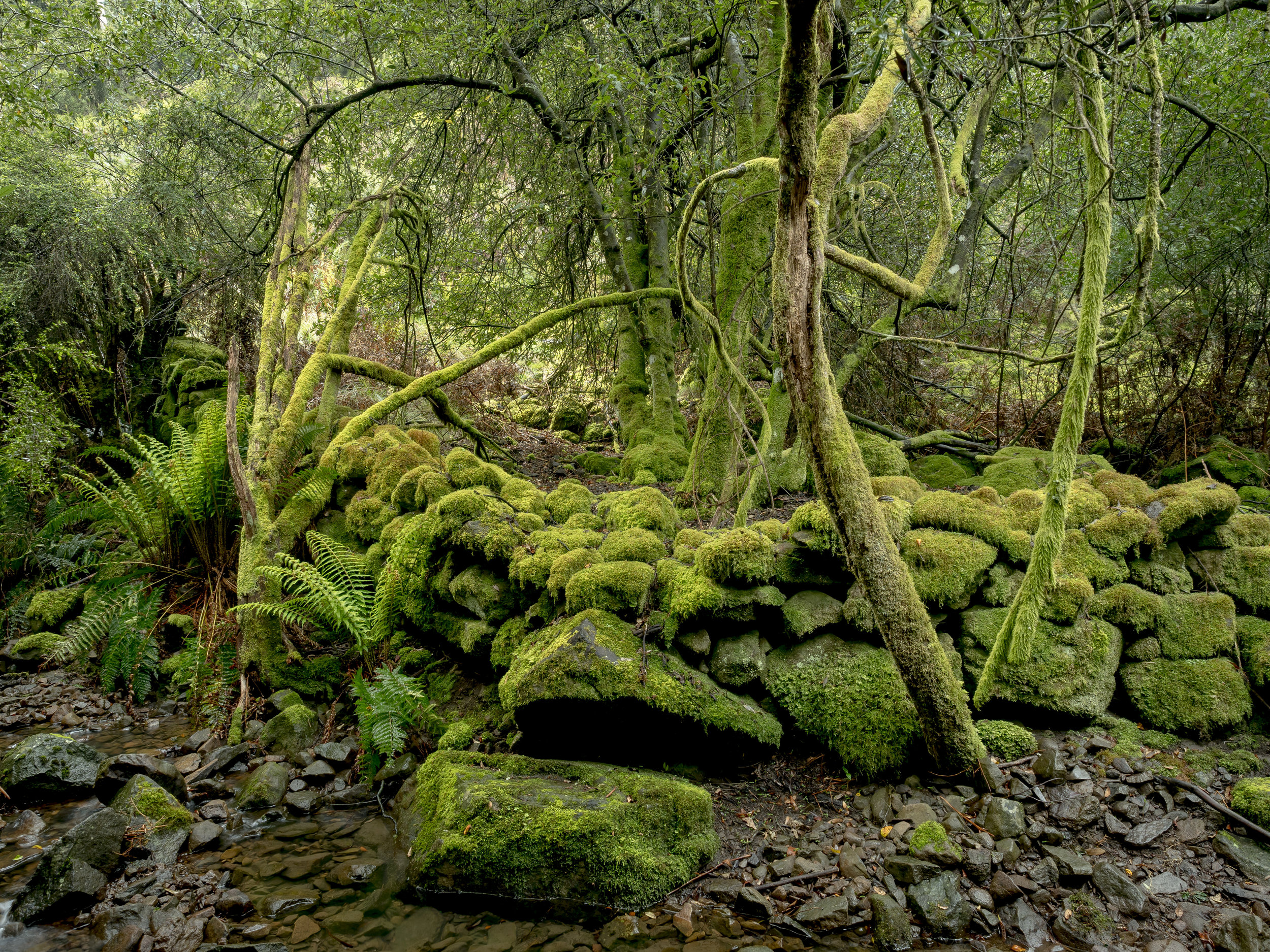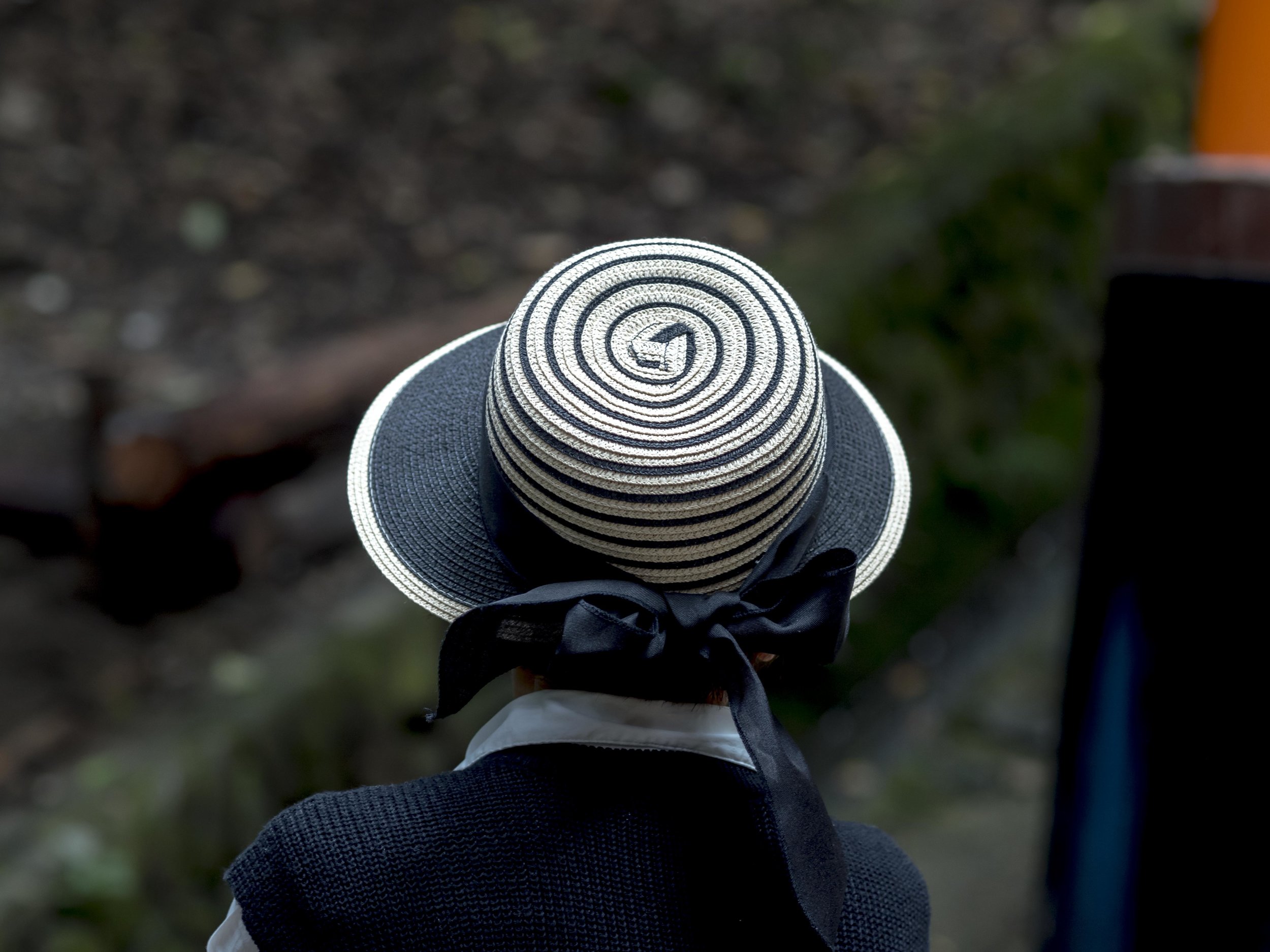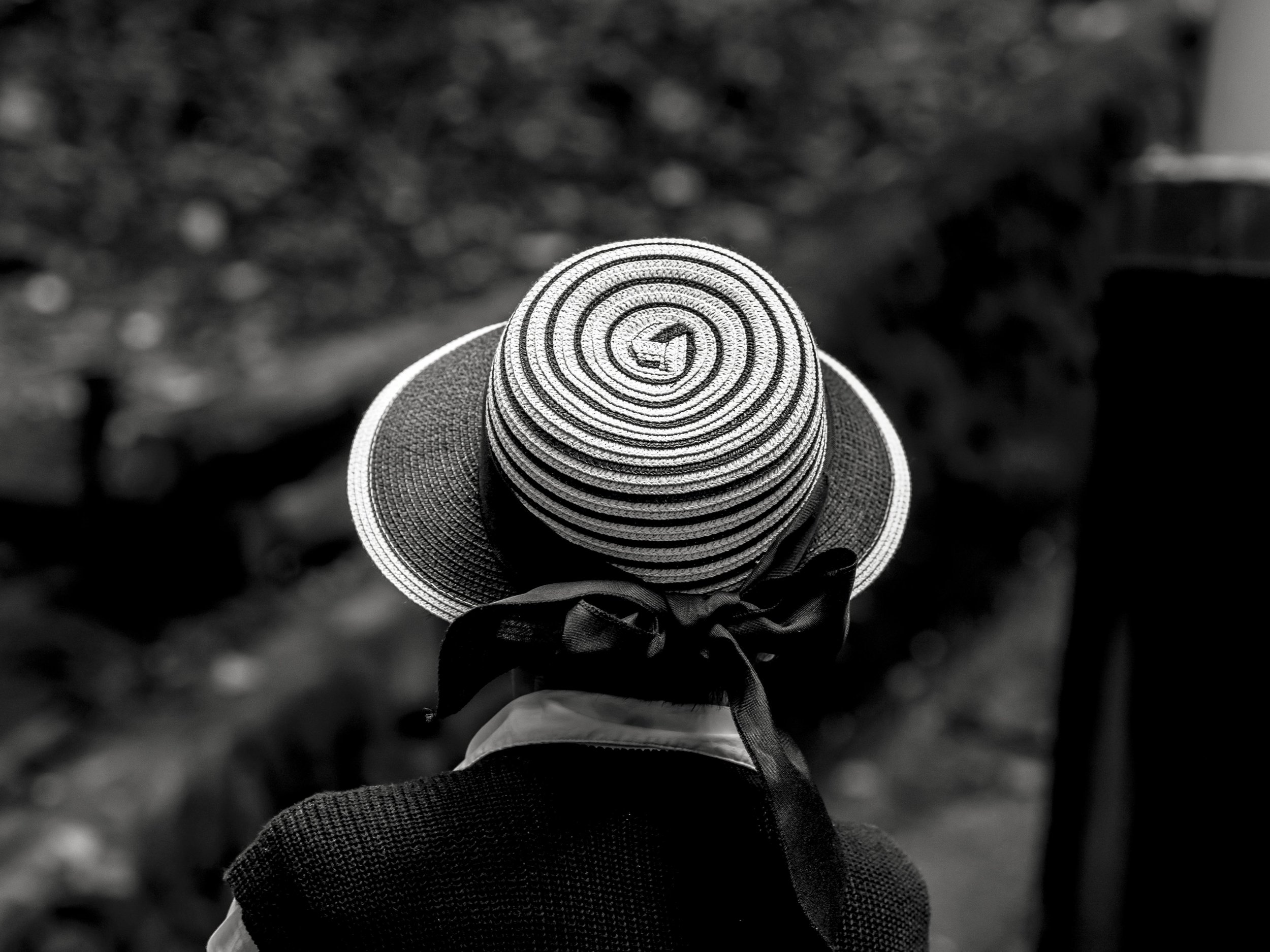A few more thoughts on the ancient 25mm for 1/2 frame Pen cameras. Kirk Tuck states that the Pen lenses can be as good as the new lenses, with the 25mm being one of the reliable, but not special lenses, still capable of pleasant surprise or two.
The shot below was one of the better focussed efforts taken last night in poor, but workable light. The intent of the designers was clear. Sharp, clear and contrasty with fair but not extra ordinary fine resolution. Could they resolve more in the days of yore? That is beyond doubt as even some of the lenses from this range and plenty of macro lenses etc from this period or a little later are stellar. This lens would be a slightly wide angle on a Pen 1/2 frame (the standard being a 38mm), so the design would probably be as much about bokeh as sharpness.
Pen F 25mm f2.8 "old croaker", f 5.6 ISO 800, hand held.
The above image is fully processed, with minimal sharpening and the 100% crop below is slightly sharpened.
Not too bad for a 50+ year old lens.
A newer, prime or pro zoom lens would show higher fine resolution, but that is expected in the pixel peeping world of today. At normal viewing ranges, the difference comes more down to the rendering characteristics. Compared to my 25mm f1.8 the lens shows slightly more "nervous" bokeh, but possible a deeper looking, more 3D rendering. More on this later.
The only real thing to gripe about is the 43mm filter thread, making a hood a hard thing to find.








